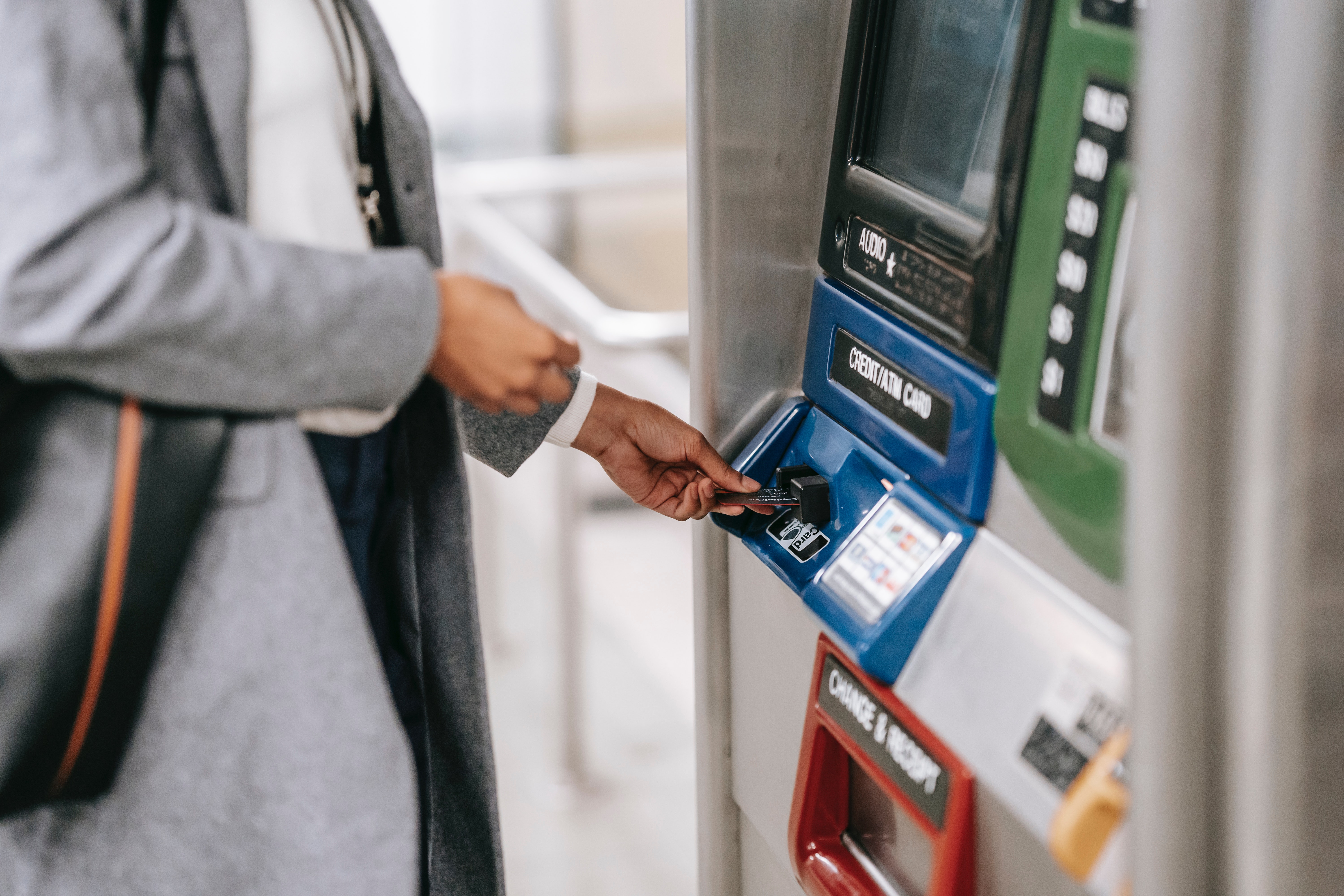Month: March 2023
Update on the Current State of the Banking Industry
In March, several large U.S. banks with exposure to cryptocurrencies and technology start-ups collapsed, including Silvergate Bank (SI), Silicon Valley Bank (SVB) and Signature Bank of New York (SBNY). These and other banks experienced a surge in deposits from a combination of pandemic-era stimulus and the rise in cryptocurrency interest and cash inflows to technology start-ups from a hot IPO market in 2020 and 2021. For example, SVB’s deposits nearly doubled in 2021 from the prior year. Banks used these new deposits to make investments, which typically have low credit risk or risk of default, but high-interest rate risk. This includes the risk of interest rates rising, such as Treasury bonds or government-guaranteed mortgage-backed securities (MBS). This year, reduced interest in cryptocurrencies and the limited ability for tech start-ups to raise new capital led to deposit withdrawals, meaning that some banks were forced to tap their investment portfolios. However, due to the rise in interest rates in 2022, they had to realize capital losses on investment sales in order to raise capital and meet redemptions. As these losses became public knowledge, depositors began to lose confidence in the bank, leading to an acceleration of withdrawals, which quickly spiraled into a classic “bank run” at Silvergate, Silicon Valley Bank and Signature Bank of New York. What made these three banks somewhat unique – and particularly vulnerable – was the
Are you taking steps to protect your finances against cyber criminals?
Nearly all of us have been victims of cybercrime – or know someone who was – and the result can take a huge financial toll. In 2020 alone, people age 60 and over reported losses exceeding $966 million1. Cybercriminals are more likely to prey on seniors because they are more likely to have money, they may have memory issues, and they tend to be more trusting. For that reason, it’s imperative to be wary of links in emails from unfamiliar senders. Emails, text messages, and social media posts can all contain malicious links. Spam or malicious emails are by far the most common method attackers use to deliver malware or phishing links. Be especially wary of emails urging you to go to a website and provide personal details. If you ever feel pressured to click on a link or pay some money, step back and assess the situation. Going one step further, you should try to avoid opening any attachments unless you know the sender and were expecting them to send something. While attachments to an email, social media post or text message may appear to be harmless, they could contain malware designed to launch an attack on your device. These attachments can be disguised as run-of-the-mill Word documents, PDFs, e-files and voicemails. If the file appears to be from someone you know but it is unexpected, reach out to them via a different method, just as a text or voice call, to make sure they sent you something. When it comes to passwords, the recom




 Virteom
Virteom